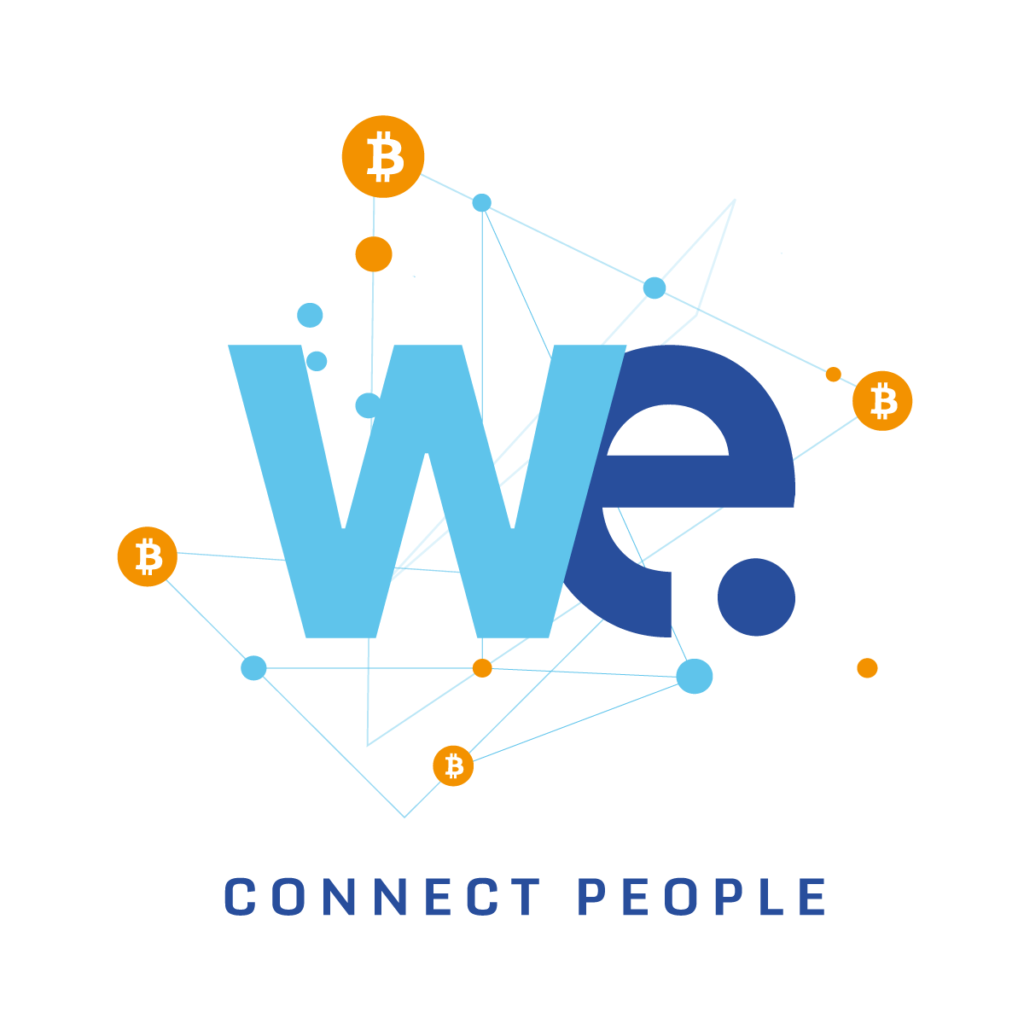Forthcoming Parachains Represent the Last Piece Needed to Complete the Polkadot Puzzle

As the Polkadot project enters the final phase of a strategic rollout that’s been orchestrated over the last year, prominent stakeholders Moonbeam, Acala and Centrifuge shed a light on the future of the ecosystem and how the blockchain’s infrastructure will deliver its advantages for users.
Soon To Be Parachain Projects Underline Their Perspectives On Polkadot
Ahead of a formal launch of the parachain functionality on the Polkadot network protocol, Zero-Knowledge Podcast host Anna Rose joined several key crypto stakeholders to discuss how this progress will transform the blockchain landscape for developers and users alike. The conversation centered primarily on how three budding projects plan to use these advances and the promise the future holds.
Bringing Parachains To Life
Parachains play a fundamental role in unlocking the complete functionality of the Polkadot network. As the final stage of the overall rollout proceeds, many commentators seek to compare the network with other noteworthy developments. For Fabian Gompf, who serves as Vice President at Parity Technologies, these comparisons miss the mark.
According to Gompf,
Eth2 just launched, those are the shards, that’s the capabilities, please deploy on top of them. Polkadot is a little bit more: here’s this meta infrastructure, you can actually now start deploying these shards and there’s an economic gain on how they’re allocated.
He continues by underlining,
Ultimately Polkadot is also a sharded blockchain protocol. But with the key difference compared to Ethereum 2 that, instead of each shard being an issue of execution environment and each shard looking exactly the same, these shards can look vastly different.
Unlike Ethereum’s use of shards for exclusively the same purposes, Polkadot’s shards grant more technical and economic freedoms, enabling each shard to host a unique project. Parachains will effectively materialize this ambition.
Parachains are like flipping the switch from this skeleton thing to an actual open developer platform…then we can actually use all of the tools that we’ve been building over the last year or two to deploy stuff.
From Ethereum Killer To Complementary Party
One of the prominent projects set to benefit from the release of parachains is Moonbeam, a smart contract platform protocol designed by Purestake. This protocol will allow Ethereum dapps to deploy on Moonbeam without rewriting any code or applying any changes.
Yet, despite the frequent comparisons and ability for developers to migrate, the operation seeks to distance itself from the “Ethereum Killer” moniker by explaining how the ecosystems can effectively complement one another and build value instead of displacing one another.
Per Purestake CEO Derek Yoo,
It’s much more that they’ll [developers Purestake works with] maintain their Ethereum deployment, and service the users and use cases that make sense to service there, but then they’re expanding and getting at these other users and use cases and assets on Polkadot. So it’s additive, and they plan on having multiple deployments at the same time.
On Becoming The United Nation Of Blockchains
Acala, a decentralized finance (defi) protocol set to launch on a parachain, views Polkadot as a more malleable blockchain of blockchains thanks to the added flexibility developers gain.
Ruitao Su, Acala’s Co-Founder, remarks that
When we are building stuff on decentralized parachain network, we are looking at what possibility, what capability the base layers are able to provide. If you look at Bitcoin, there’s almost nothing you can program… And if we look at Polkadot, you actually enable new possibilities for developers to design the blockchain in a fully customized way.
This flexibility also supports new connections and opportunities as Su adds,
Polkadot is actually like the United Nations, and we are like sovereign countries living on top of Polkadot… A country might have diplomatic relations with another country expressed in the smart contract point of view – that’s something I can’t stop dreaming about.
The United Nations allegory did not go unnoticed by Anna Rose who immediately asked, “Do you think there could also be a war between them?” To which Su optimistically replied, “Well, I think we will see a period of prosperity before we see a war.”
Revisiting The Privacy Conversation Through Added Flexibility
Although defi is a popular avenue for parachain projects to explore, one company that is shaking up the foundation is Centrifuge, which promotes defi collateralization with real-world assets. For Centrifuge CEO and cofounder Lucas Vogelsang, parachains’ unparalleled flexibility are picking up the privacy torch where other projects left off.
Vogelsang opines,
One thing that we really like with Substrate and Polkadot is that it gives you an insane amount of flexibility… one of the things we wanted to put into our runtime is cryptographic primitives that are much better, much more recent than what you have on Ethereum. And so to enable our asset originators to have more privacy as they’re borrowing money, they’re sort of originating these assets.
Vogelsang was not afraid to pour some cold water over the heightened excitement in regards to the launch of the Parachains, presenting a very business-like consideration to whether join, or sit this one out:
Maybe we’re not going to be as desperate to bid on one of the first slots, looking at how overhyped this market is right now, meaning the DOT market and all this parachain loan offerings and projects going on. We’re going to make sure we’re not going to overpay for that. Because I think these first few slots they’ll look at it more as a marketing expense than actually like paying for your security.
Do you see parachains as a defining moment in the evolution of blockchain-related technologies or just a revenue-generating feature for Polkadot? Let us know in the comments section below.
